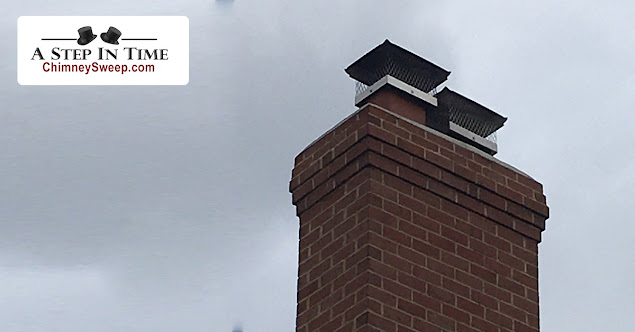What is a Chimney Crown and Why Is It Important?
The top hole of the chimney is covered with a wide slab known as the chimney crown, sometimes known as a chimney wash. It is always on the top of the chimney, resembling a monarch’s crown. It completely encloses the top of the chimney, in contrast to a chimney cap, which is normally constructed of metal and covers the opening to the flue. It always offers excellent protection by keeping snow, sleet, rain, and ice out of the chimney. Despite being a simple structure, it must be constructed systematically and with the proper materials.
If you want to protect your chimney from moisture and degradation, you must be aware of the chimney crown and also how to maintain it. One should always remember that a damaged or broken chimney crown can be extremely painful, dangerous, and in the worst circumstances, even fatal.
Why the chimney crown has become extremely important?
The crown’s sloping overhang prevents rain from falling directly onto the chimney as it is falling. Without it, moisture may enter the chimney structure, putting everything at risk for water damage, from the flue to the firebox. Once the chimney crown is protected with a chimney cap, it helps in animal prevention and also keeps out the debris and all trash. When water gets into the firebox, it makes it more difficult to ignite a fire and also causes condensation, which further exposes the brick-and-mortar building to moisture. Your chimney system’s lifespan may be extended by Chimney Crown. It can also increase the effectiveness of your chimney system by guiding airflow up and into the flue.
The following elements should be present in a properly built crown:
It must always be constructed appropriately, with the crown inclined so that rain, sleet, and snow can readily glide off.
The drip edge should reach around 2 to 3 inches past the edge to efficiently divert water away from the chimney.
The chimney crown should have a minimum thickness of 4 inches and a gentle slope to drain water from the crown.
The flue tile and concrete crown must be separated by 14 inches during construction to prevent any contact.
What happens if the chimney crown is damaged?
Times when you should change your chimney crown
Keeping the crown in good condition has become mandatory
All homeowners should have their chimneys inspected at least once a year, as per our recommendation. This will enable a professional to identify any potential issues and address them before they worsen.
The crown must be covered with a tough sealant, or Flexible Crown to prevent freezing and thawing.
Quality cement should be used to build a chimney crown to prevent weakness and porousness.
Make it a routine to clean the chimney and if you found any Crown damage, you should think of fireplace crown repair as soon as possible to prevent further deterioration.

.jpg)
.jpg)
.jpg)
Comments
Post a Comment